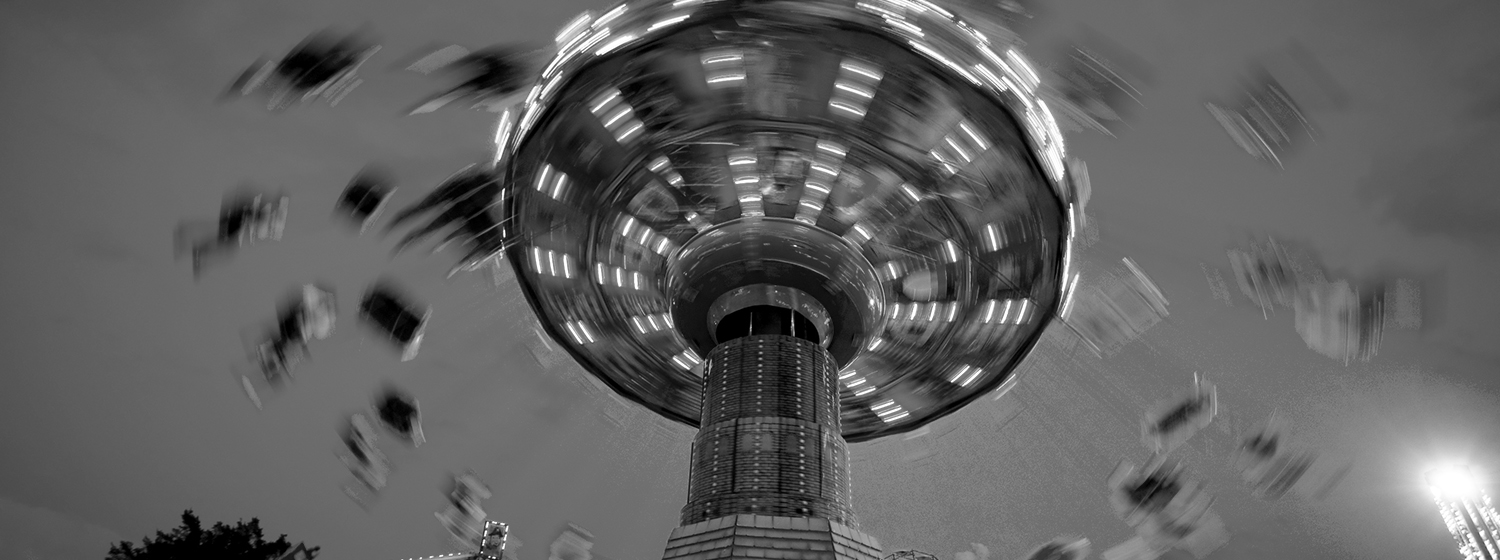For years, motion graphics have been a fixture in cities like New York and Tokyo, creating a sense of urgency, excitement, and constant motion. Now we’re seeing static images replaced by animated images on airport posters, shopping mall signs, bus stop ads.
That sense of motion creates a much stronger impact than still images alone.
When executed properly, it conveys information simply and seamlessly, especially for people who don’t have the time or inclination to read big blocks of text.
In fact, we believe every offer should include video or motion graphics.
These moving elements make your offer feel current and relevant. With the popularity of YouTube.com, it’s easy to distribute viral videos through your website and social media channels. And programs like Dragon Stop Motion simplify the process of creating high-quality animation. These graphics can then be incorporated into a variety of marketing pieces, including email campaigns, web pages, and in-person advertisements.
Videos and motion graphics are a highly effective way to distribute information.
In fact, a recent study conducted by comScore and VideoEgg found that rich media video ads were more engaging and more successful at tipping the sales needle than traditional banner ads. No surprise there, but it’s interesting to note that the study also found that this was true regardless of the context in which the ads was displayed.
However, the old adage “less is more” certainly applies to motion graphics. Try to do too much in a single motion graphic and it can detract from your main message, creating confusion. With each motion graphic, we focus on what that graphic should achieve. Will it entice? Educate? Or complement and enhance the surrounding text?
We predict that motion graphics will become even more prevelent as part of marketing campaigns in the future.
Share this post in LinkedIn:
NOT ANOTHER SNOOZELETTER.
SIGN UP. BE INSPIRED.